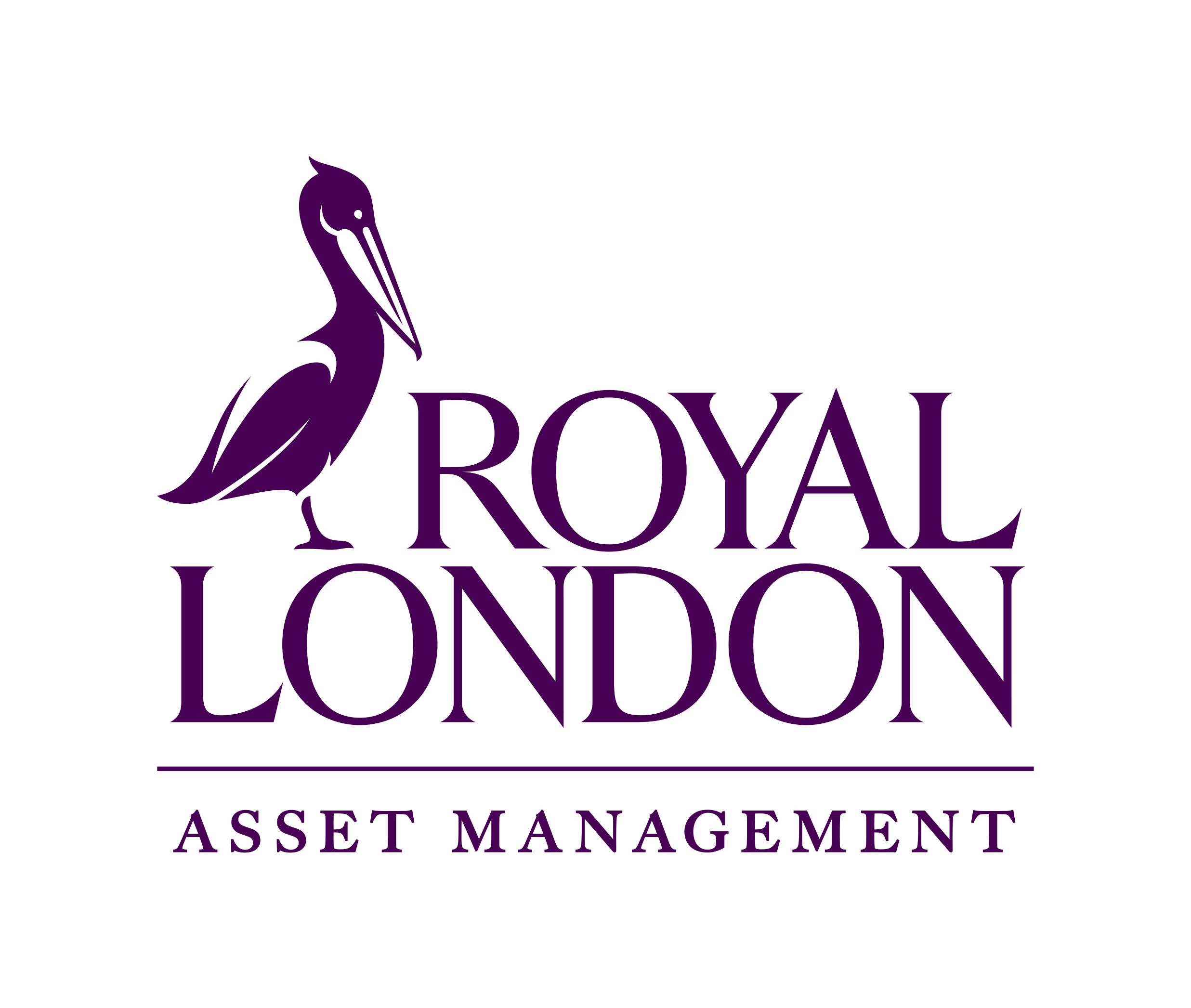March is a month that traditionally heralds the year end for the Housing Association sector, and with its conclusion, it felt timely for us to review and update the final conclusions from our ‘damp and mould’ engagement project following the update we published in June 2023.
Not least because the sector now needs to report on Tenant Satisfaction Measures, and adhere to new, more stringent, consumer regulation which officially came into force on 1 April 2024.
Our project was initiated following publication of the coroner’s report into the tragic death of Awaab Ishak in 2020, which drew a direct link to the poor condition of his family’s social housing. We collated a second wave of associations’ responses in the second half of 2023. This has allowed us to further expand our register of borrowers’ governance, stock data quality, operations, and customer engagement around this critical issue. Whilst returns point to a sector that is increasingly trying to address asset condition problems, which to a large extent are a consequence of historic underfunding and politically driven austerity, a deeper analysis highlights a clear variation in performance across all these key areas.
Although the severity of risk appears to be relatively low across our specific borrowers, mitigated to an extent by the recent efforts and heightened scrutiny from the regulator, our project has helped us to understand what best practice looks like. Specifically, this starts with associations having comprehensive data stock condition surveys that are completed at least every five years. More dynamically, utilising data analytics enables social housing providers to identify damp and mould ’hot spots’ and employ a risk-based approach to plan for larger investments, such as boiler replacements or roof upgrades. Additionally, others have installed humidity and temperature sensors in tenants’ homes to provide alerts when conditions are conducive to mould growth, allowing for earlier interventions. This is further supported by the development of dedicated specialist teams and increased training for front-line staff to address damp and mould cases. Some providers have reported challenges in the supply chain and have proactively sought to procure specialist contractors and materials.
More broadly, as well as visibly demonstrating to our borrowers the importance of this topic to us and our end clients, the project has confirmed our belief that the borrower/lender relationship in the sector has changed. The overarching social credentials of the not-for profit sector remain unimpeachable. However, bondholders need to be active, as investors and stewards, with performance dispersion as high as any time in the thirty plus years we have been lending to this critical segment of the UK economy. Way beyond the archaic view that interactions are limited to the point of investment or non-payment, capital market investors need to be prepared to assess the specifics of individual associations, as well as engaging with management, on an ongoing basis. This is paramount in achieving truly responsible lending, both for our clients and social housing customers.
We will continue to challenge our borrowers on their damp and mould performance, but this is just one element of a much wider consideration of property condition. For instance, with environmental compliance for properties now a definitive and time-stamped challenge to be met, this is increasingly becoming an existential issue for investment. Ultimately, effective maintenance of housing assets impacts our borrowers’ ability to service their debts and the valuation of collateral, whilst clearly having a direct bearing on the health and wellbeing of tenants. To this end, our work on damp and mould has usefully merged into an overall framework for evaluating issuers’ balance sheet sustainability.
This is a financial promotion and is not investment advice. Past performance is not a guide to future performance. The value of investments and any income from them may go down as well as up and is not guaranteed. Investors may not get back the amount invested. Portfolio characteristics and holdings are subject to change without notice. The views expressed are those of the author at the date of publication unless otherwise indicated, which are subject to change, and is not investment advice.

